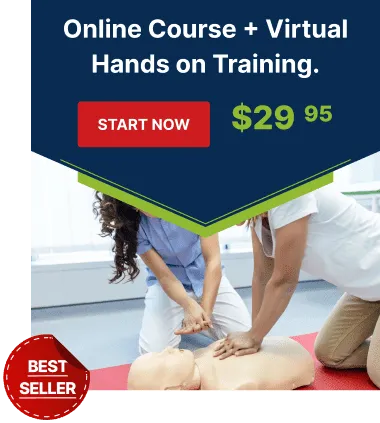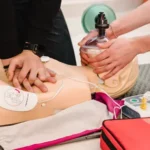For understanding the high stake world of emergency medicine, one must also understand the intricacies of cardiac arrest. In the hustle of everyday emergency care, experts often overlook one critical aspect. This is the identification and treatment of reversible causes.
The 4 T’s and H’s of cardiac arrest is a powerful tool that helps healthcare providers precisely diagnose the root cause. It also addresses the underlying triggers of the arrest. Each T’s and H’s denote a potential reversible condition. These factors with quick intervention can be managed effectively.
Let’s understand in depth the role of 4 t’s and h’s in reversible causes of cardiac arrest.
Read More: What Are the Psychological Aspects of Patient Care in ACLS?
What are the 4 T’s and H’s?
For years and years healthcare providers have tried to solve the mysteries related to sudden cardiac arrests. The 4 T’s and H’s are the result of the ongoing research. Understanding the underlying triggers is the key to successful resuscitation.
Let’s break down the h’s and t’s of cardiac arrest-
The 4 “Ts” of Reversible Causes:
- Tension Pneumothorax: A buildup of air in the pleural space that leads to lung collapse and compromised cardiac function.
- Tamponade (Cardiac): Accumulation of fluid around the heart, such as blood or fluid, which restricts cardiac output.
- Toxins (Drugs, Medications, Toxins): Ingestion or exposure to substances that can disrupt normal cardiac rhythm and function.
- Thrombosis (Pulmonary Embolism): Formation of blood clots, particularly within the pulmonary arteries, obstructing blood flow to the lungs and impairing oxygenation.
The 4 “Hs” of Reversible Causes:
- Hypovolemia: Significant loss of blood volume, leading to decreased circulating blood volume and compromised perfusion.
- Hypoxia: Inadequate oxygenation of tissues and organs, often due to respiratory failure or impaired gas exchange.
- Hydrogen Ion (Acidosis): Imbalance in pH levels within the body, disrupting normal cellular function and cardiac contractility.
- Hypo/Hyperkalemia: Abnormal potassium levels in the blood, which can disrupt cardiac electrical activity and lead to arrhythmias.
The importance of understanding 4 T’s and H’s in cardiac arrest interventions?
In the fast-paced world of emergency medicine, every second counts, especially when facing a dire emergency like cardiac arrest. Amidst the urgency of resuscitation efforts, a systematic approach is crucial to uncover and address the underlying reversible causes swiftly. At the center of this approach lies the 4 “Ts” and 4 “Hs”.
Let’s explore the significance of understanding the 4 “Ts” and 4 “Hs” in cardiac arrest interventions:
Comprehensive Assessment: The mnemonic serves as a structured tool for healthcare providers to conduct a thorough assessment of potential reversible causes. This ensures that no stone is left unturned.
Targeted Treatment: By identifying specific triggers such as tension pneumothorax or hypovolemia, medical teams can uniquely intervene (based on the patient’s individual needs) to precisely address the underlying pathology.
Prioritization of Interventions: The framework assists in prioritizing interventions based on the most likely reversible causes present. This streamlines the resuscitation process and maximizes efficiency in critical situations.
Prevention of Recurrence: Understanding and addressing reversible causes increases the chances of successful resuscitation. It also eliminates the risk of future cardiac events, encouraging long-term patient well-being.
Enhanced Team Communication: The mnemonic provides a common language and framework for communication among multidisciplinary teams. This enables seamless collaboration and helps healthcare providers coordinate well in high-stress environments.
Improved Patient Survival: Ultimately, the systematic approach enabled by the 4 “Ts” and 4 “Hs” translates into improved patient survival rates. This assures 100% recovery and a healthy life to post-cardiac arrest patients.
Read More: 10 Medical Emergencies That Need ACLS for Adults
Conclusion
The 4 T’s and H’s of cardiac arrest is a mnemonic framework that helps healthcare professionals to a great extent. This approach provides a systematic assessment to a targeted intervention. This eventually helps cardiac arrests address the underlying triggers of cardiac arrest for a long term positive outcome.
When the reversible causes like tension pneumothorax, hypovolemia, or hypoxia are addressed, the chances of successful resuscitation doubles. The 4 T’s and H’s of cardiac arrest is a steadfast concept and it will continue restoring hope in critical and chaotic moments. If you are already in this field and wish to get familiar with the concept of 4 T’s and H, an Advanced Cardiovascular Life Support (ACLS) class can help you. Take that first step and enroll now!
Resources-
https://geekymedics.com/reversible-causes-of-cardiac-arrest/
https://pubmed.ncbi.nlm.nih.gov/29545140/
https://www.resuscitationjournal.com/article/S0300-9572(18)30123-0/fulltext
https://acls.com/articles/reversible-causes-of-cardiac-arrest-hs-and-ts/
https://en.wikipedia.org/wiki/Hs_and_Ts
https://www.ncbi.nlm.nih.gov/pmc/articles/PMC9485947/
https://www.sciencedirect.com/topics/neuroscience/pulseless-electrical-activity
https://lms.resus.org.uk/modules/m10-v2-cardiac-arrest/10346/resources/chapter_12.pdf






